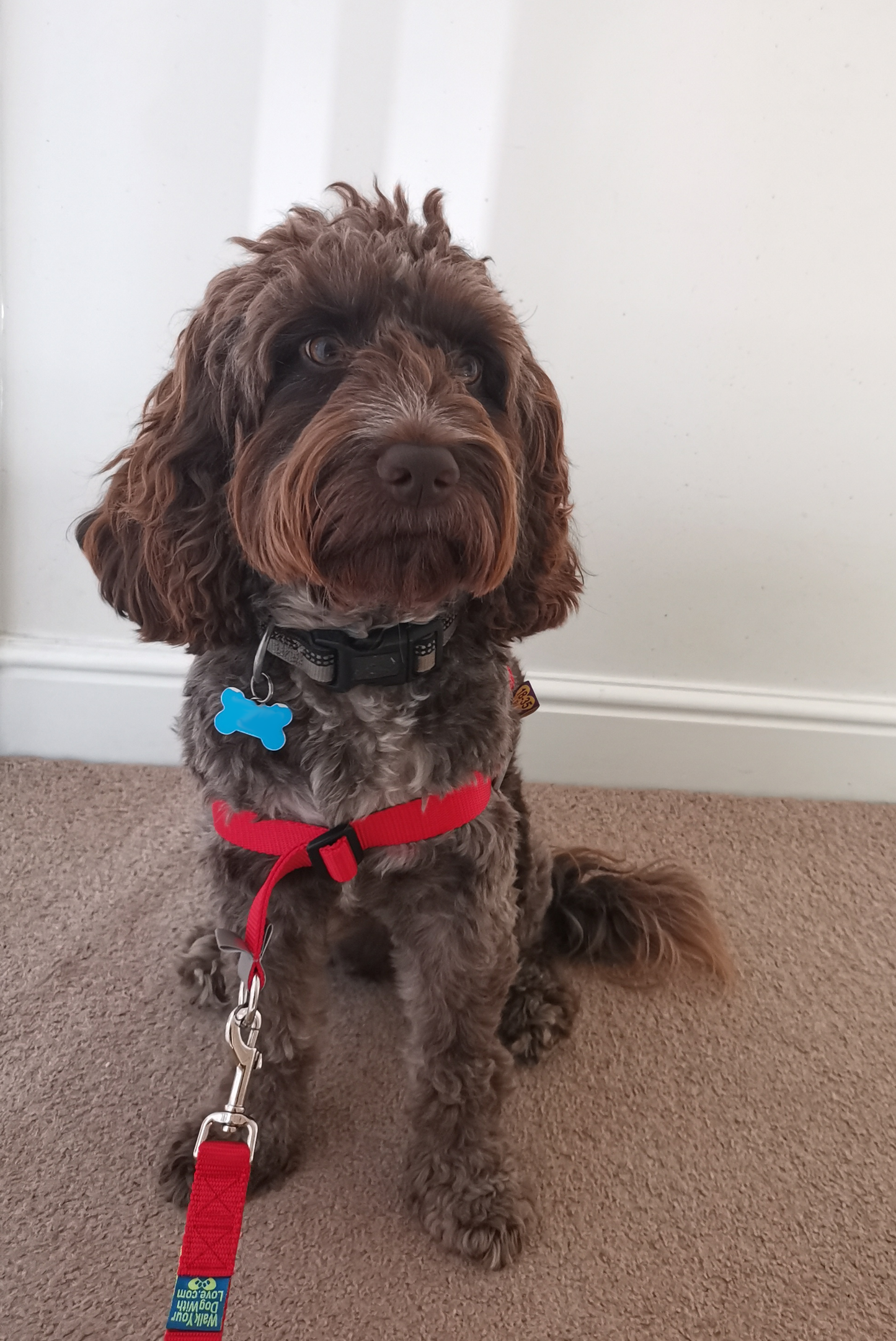The core fundamentals of dog training are:
Positive
Easy
However, it is impossible to train your dog if they are not calm enough to listen and respond to you. Take a look at the dog reactivity chart below:

When do you think your dog will start listening to you and focusing on what you're trying to teach him? It is in the green and, to a lesser extent, yellow zones. If your dog is in the orange or red zone, they have exceeded their threshold and will not listen to anything.
How often do you hear someone yelling at their dog to recall and repeating it over and over in the hope that their dog will eventually listen? The dog is either in the Orange or Red zone at this point and is unable to process anything the owner says (or shout). In fact, at this point, they're teaching the dog to ignore the screams; from a dog's perspective, they hear the screams and are doing something really fun. Screams = a good time.
What should you do if your dog is clearly in the Orange or Red Zones?
First and foremost, prevention is the best cure; begin by watching and observing your dog to see how their behaviour changes when a trigger is present. This is best practised in a controlled environment, such as on-lead walking, in the house, garden, or sitting on a park bench. A bird, squirrel, dog, loud traffic, or anything else that diverts their attention away from you could be the trigger. Distract them and reward them when they focus on you if you notice they are becoming more alert. Depending on your dog and previous experiences, you may need to remove them as soon as possible.
Our dog, for example, could walk to heel until another dog was 15 metres away from us. When we got closer to the dog, he'd lunge, pull the lead, and get overly excited. To prevent this response, I would either turn around, walk away, and keep his attention, or I would walk into a driveway, get him to sit, watch, and drop treats for him to catch. An approaching dog could walk by as close as five metres away while my dog was sitting and catching food with full focus. Nowadays it's maybe less than one metre.
What if something unexpected happens to you or your dog, causing them to turn red? Unfortunately, this will occur, and it is your responsibility to remove your dog from the situation as quickly and calmly as possible. You can perform an emergency turn by moving your hand down the lead to where it attaches to the collar or harness and turning the dog away from the trigger while blocking it with your body. If you need to protect your dog (or another dog) it's best to be in a kneeling position and blocking out the trigger with your whole body.
If the trigger does not go away (e.g., road construction, lawnmower,...), it is time to move away at a steady pace while remaining as calm as possible. Place a treat under their nose, and they will eventually begin to eat it, and they will calm down. As soon as you suspect they are approaching the yellow zone, place them in a sit or lie down position and reward them repeatedly until they are noticeably calmer.
Recognize your dog's reactivity and desensitise it to its triggers.
It is critical to distinguish between desensitising your dog to the triggers that cause them to react and suppressing their response to the trigger. For example, if your dog is showing anxiety and barks consistently when another dog approaches they are telling you that they're nervous and need you. If you try and suppress the barking by shouting and essentially increasing their fear until they're too scared to do anything. At some point your dog will react and the only way they will be able to is to bite the other dog as they know they're not allowed to bark.
Instead, in a controlled environment, keep them calm, praise them, and give them treats as other dogs approach. Determine how close a dog can get before telling the owner to back up. Slowly increase the interaction and focus on your dog's calm positive response (and yourself).
This can take weeks or months for each of their triggers, but it will result in a much calmer and happier dog over time.










